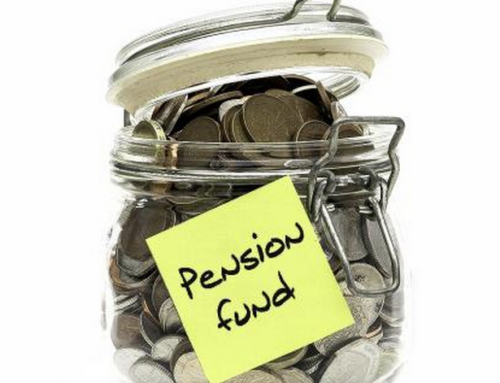
The figures released at the beginning of March by HMRC about the nation’s income and taxation during 2015/16, revealed some fascinating insights into the UK’s finances. But the figures also shed light on the continuing pay gap experienced between men and women. According to HMRC, 57% of all income tax payers were men in 2015/16, contributing almost three quarters (73%) of the total £178 billion income tax bill. These figures are in line with the 2014/15 statistics, suggesting there was little real shift in the gender pay gap between the two years.
Other statistics revealed by HMRC give cause for even greater concern. Whilst 179,000 women earned £100,000 or more in 2015/16, the number of men reaching this level is almost four times higher at 681,000. Of the 19,000 people who earned £1 million or more in the same year, only 2,000 of them were women.
Looking at average earnings across the population shows that the pay gap is not restricted to those on six or seven figure salaries. The median annual income for male taxpayers in 2015/16 was £25,700, with the median for female taxpayers considerably lower at £20,300. As those paying no income tax are not included in calculating these statistics, the figures don’t take into account the fact that more women than men are in low-paid and part-time work.
“These stark figures show how far our country still has to go on closing our gender pay gap,” said the former Women and Equalities Minister, Justine Greening, following the publishing of these figures. “What counts now is companies taking action to close this gap. That means making flexible working laws actually work on the ground, enabling women to get on with their careers after, as well as before, starting a family, and it means more girls aiming for the high-paying careers in areas like engineering that have been male-dominated.”
Greening’s predecessor in the role, Nicky Morgan, also commented on HMRC’s findings: “Sunlight is the best disinfectant; sanctions may be necessary to ensure openness and transparency. Money talks, and perhaps more of the stick may eventually be needed to close the gender pay gap.” Organisations employing 250 or more people will be required to publish their payrolls by gender before April this year; the hope is that this may go some way to shaming the worst offenders into redressing the balance.





